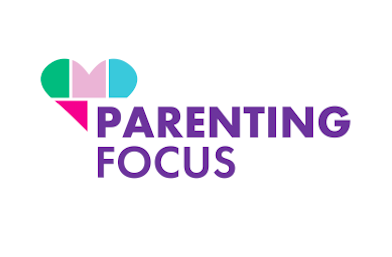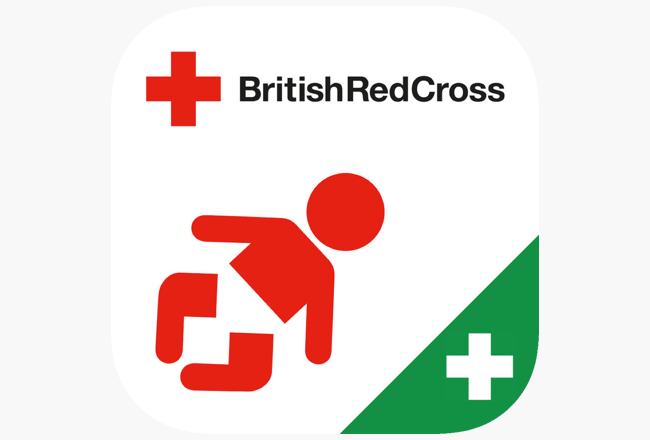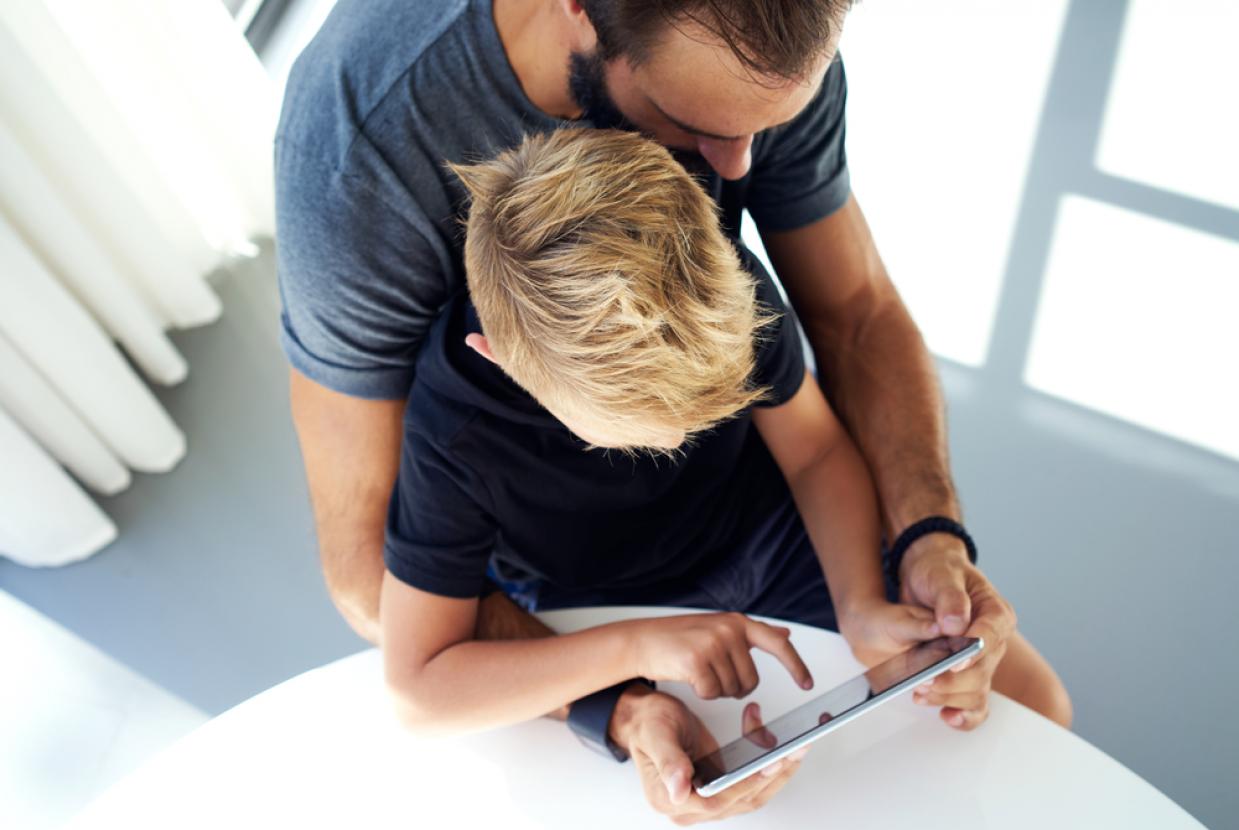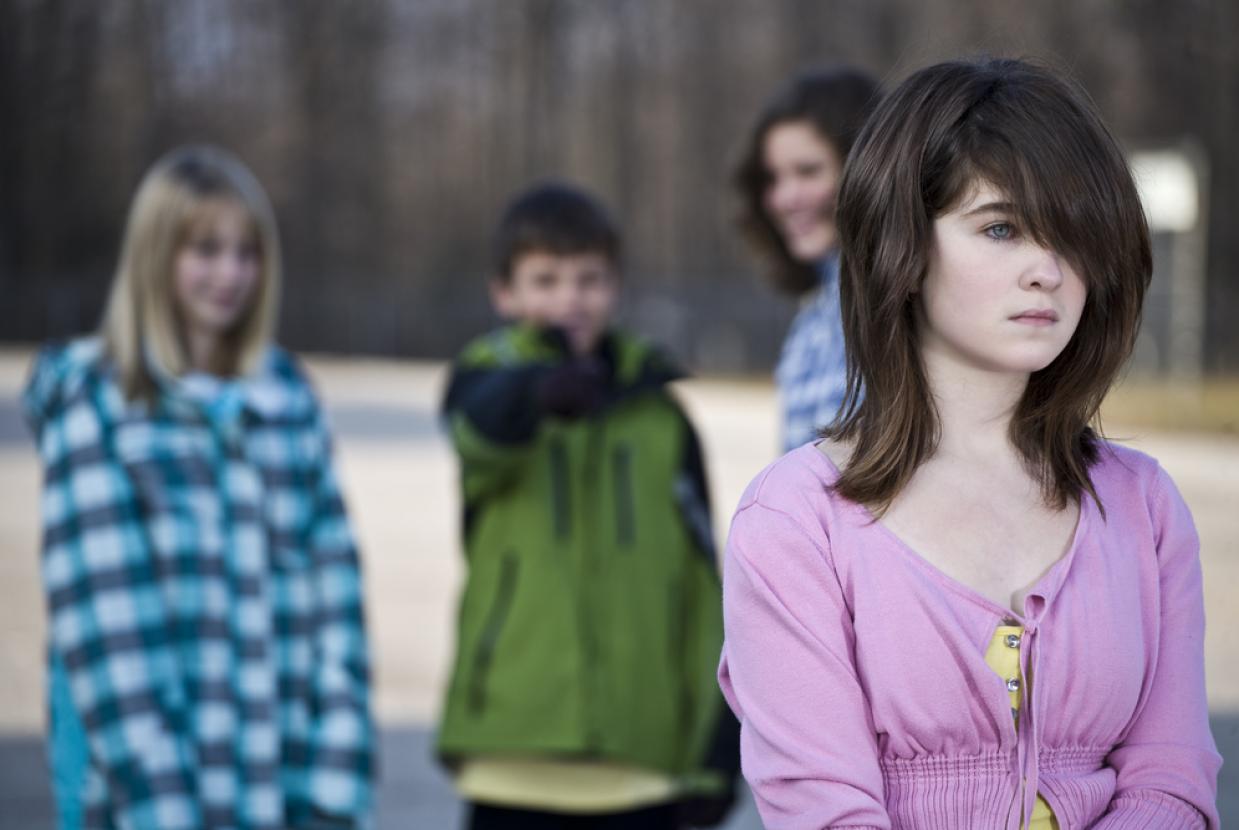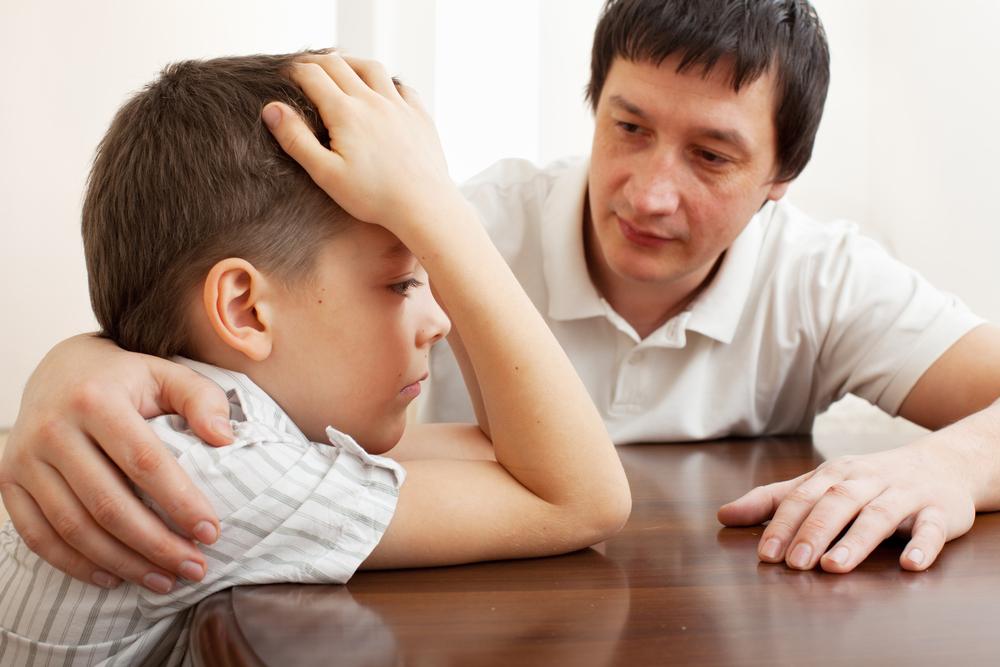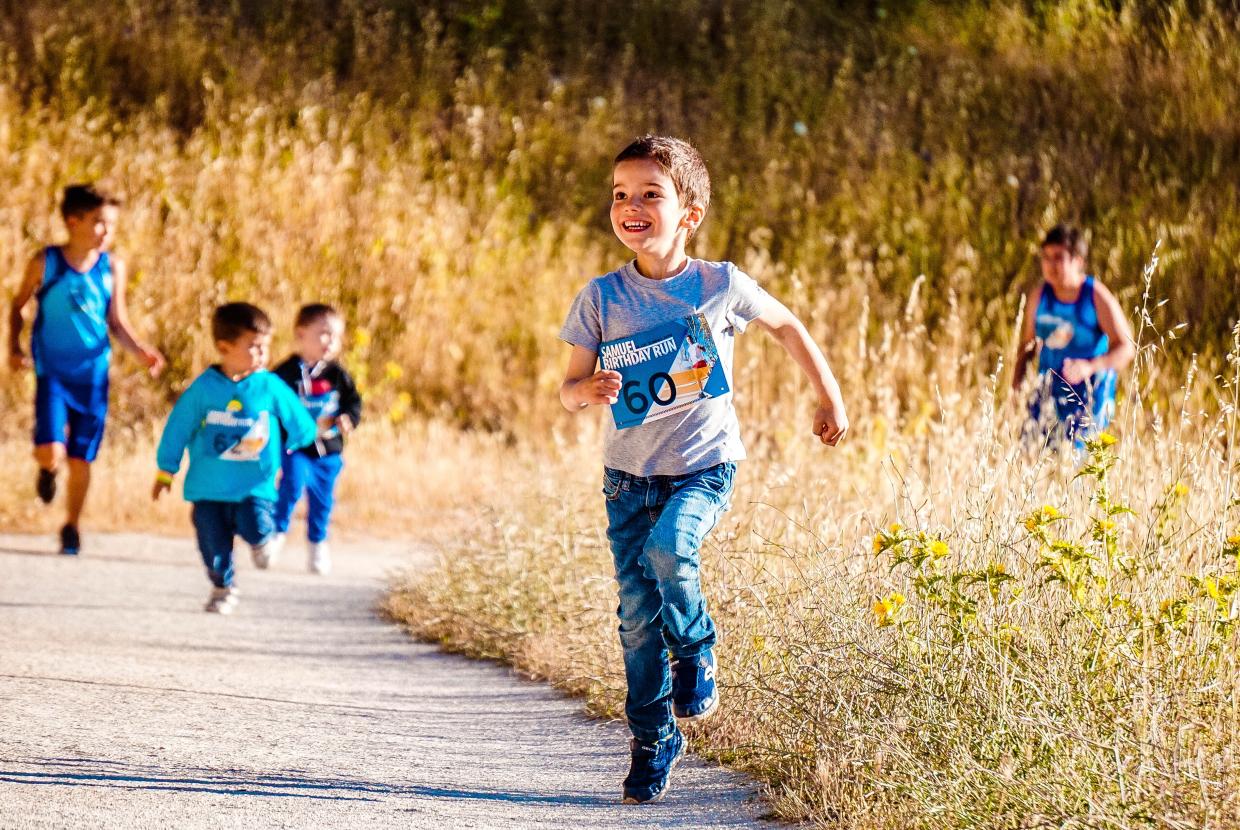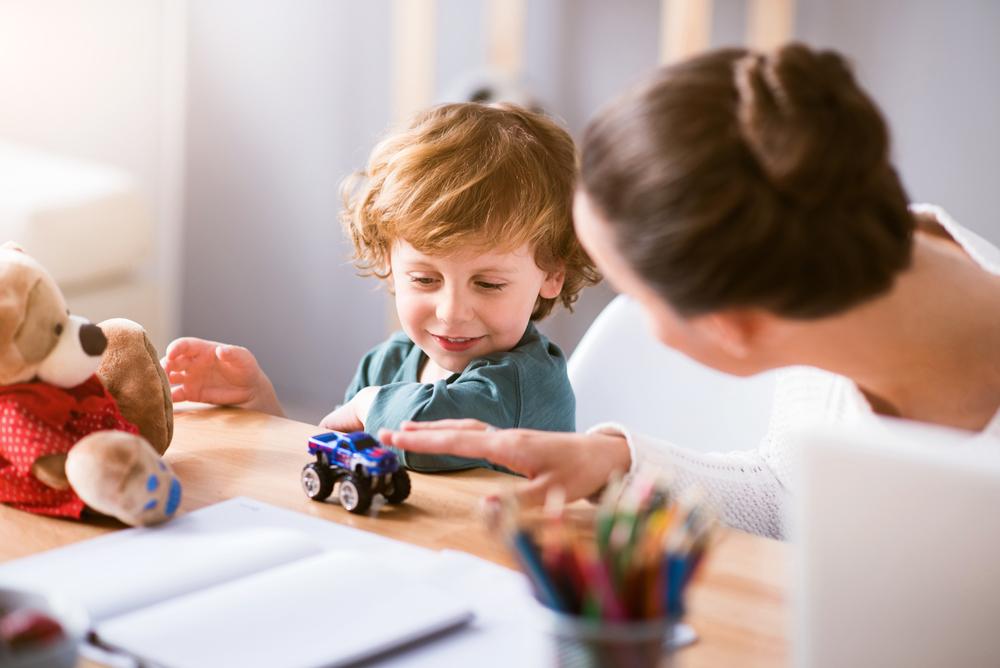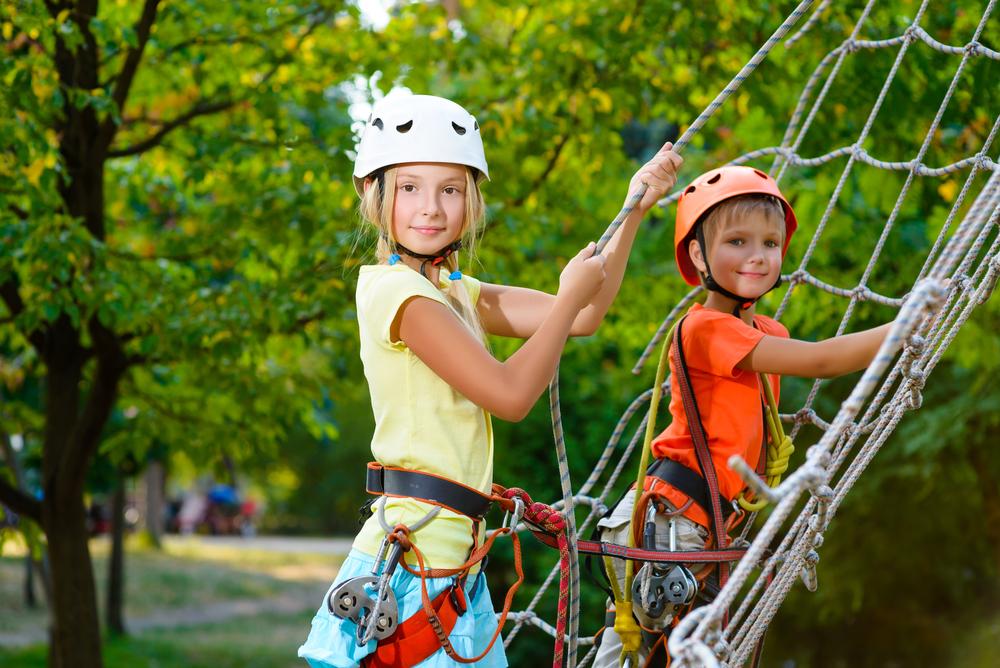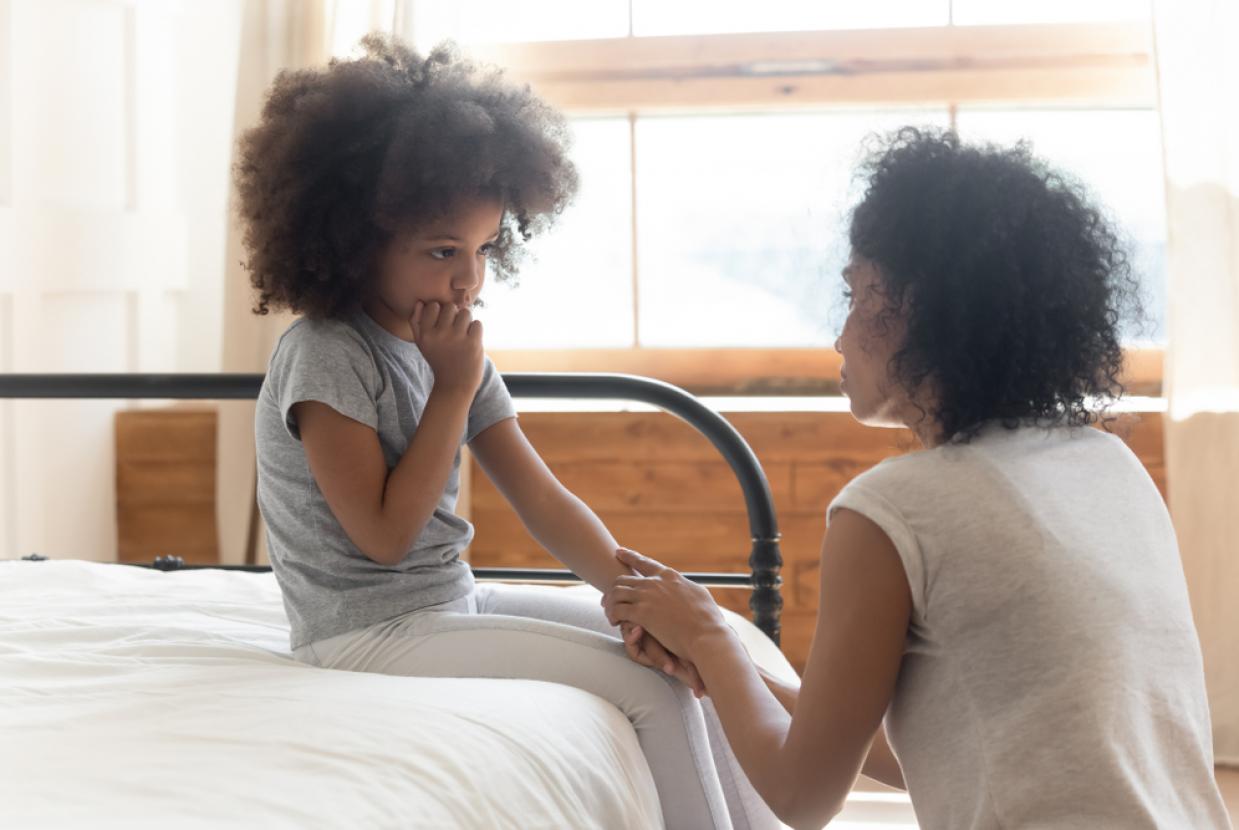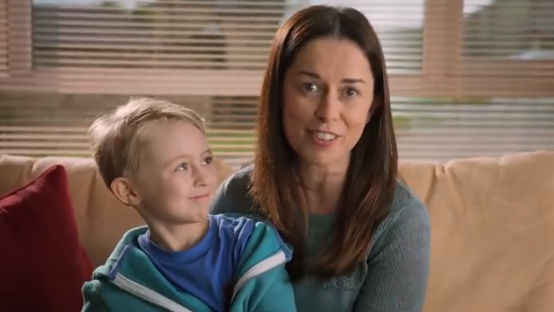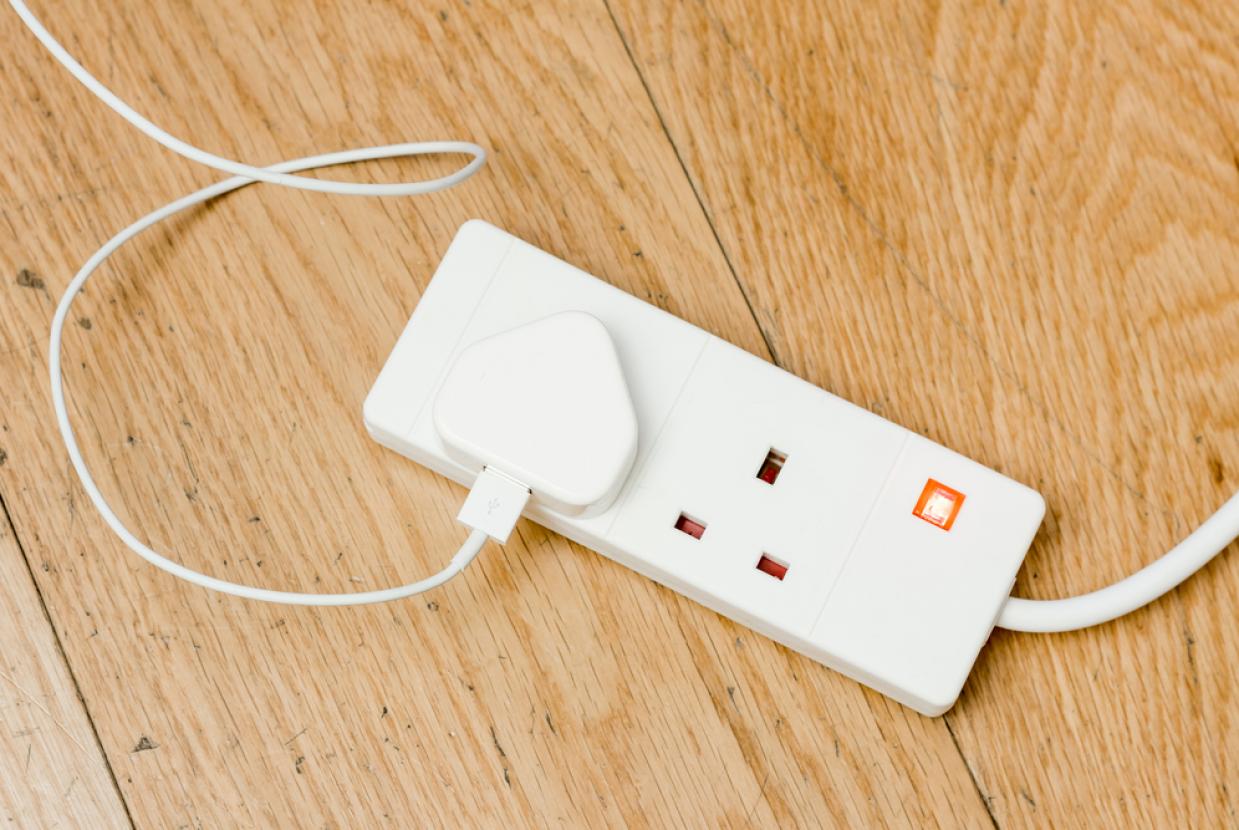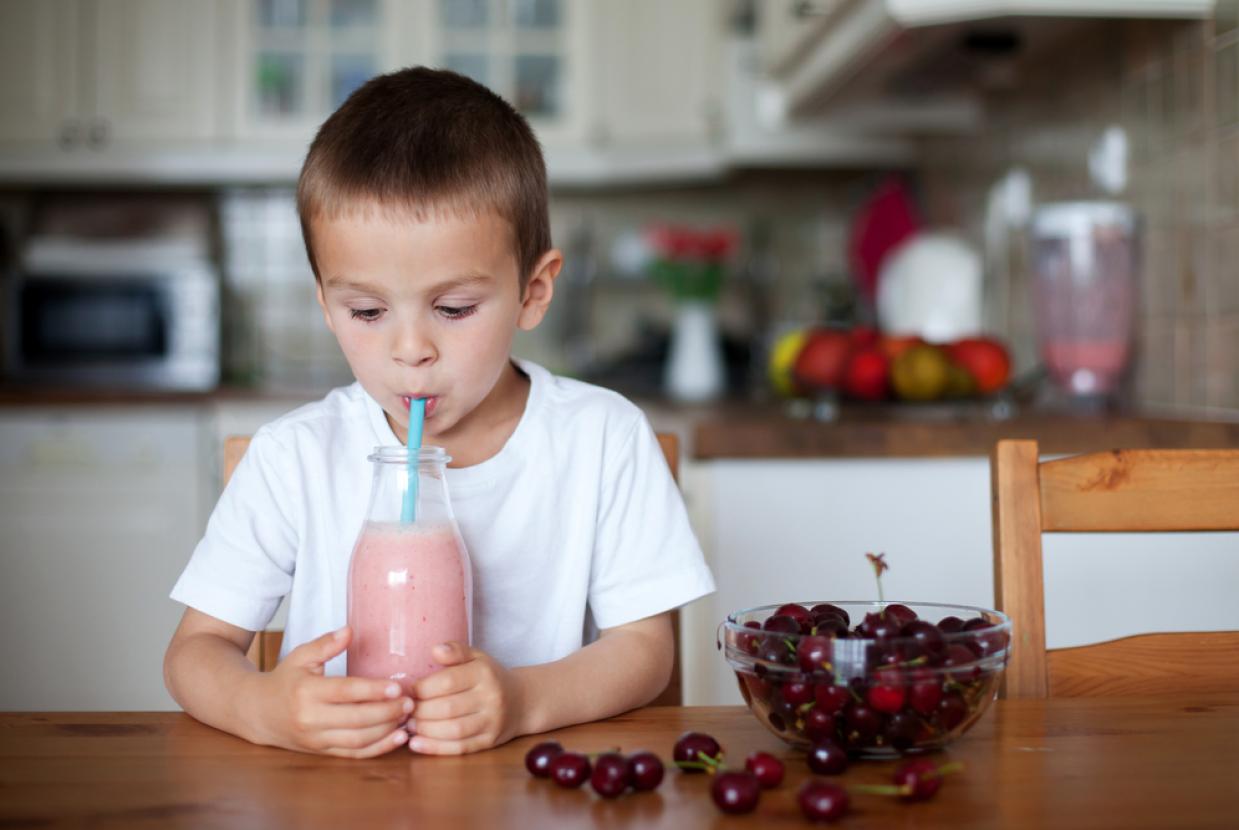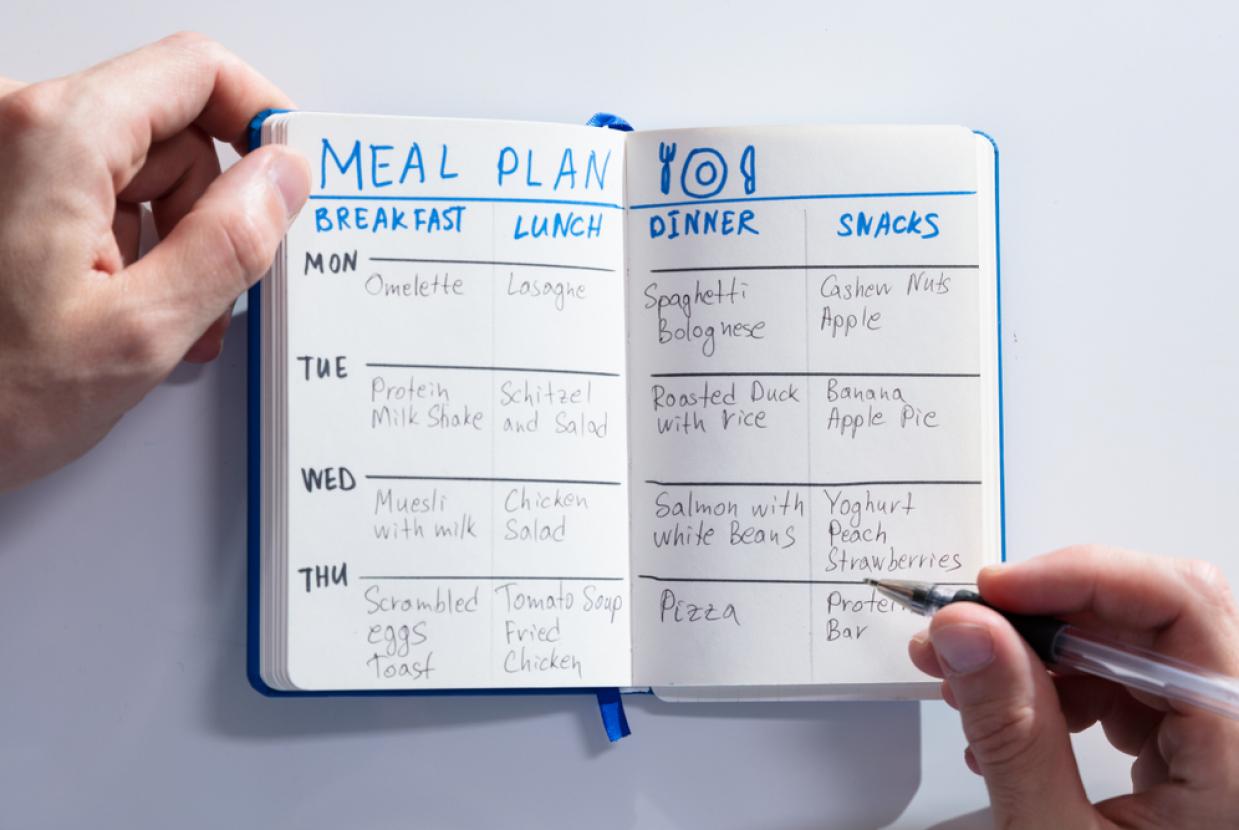Parent’s Guide to TikTok
Family HealthTikTok is a short form video sharing app, which allows users to watch and share videos created other creators on the app. TikTok has exploded in popularity from 2019 and continues to grow, particularly among younger users who are drawn in through snappy editing tools, easy-to-add chart music features & a variety of dance and lip-syncing challenges encouraged by the app.
How do I set up an account?
Download the app from your preferred app store. Agree to the terms of service when prompted. Go to ‘Me’ on the home screen. You can register with a phone number or email and will be prompted to share your age – users under 18 need a parent or guardian to approve the use of the app before continuing. If your child is aged 13 – 15, their account will automatically be set up as private. You can add other users by searching for them via the search bar or by linking your contacts, which make following your friends on this app fairly simple.
What should parents look out for?
Parents can use ‘Restricted Mode’ for added control over their childs account or turn on ‘Family Saftey Mode’ to pair with their child’s account for an added layer of security. You can enable Family Safety Mode by downloading the app & creating your own account, then access the ‘…’ option on your child’s user profile. Sync your account with their account through the QR code presented on the app.
This includes a variety of new ‘Digital Wellbeing Measures’ which include:
- Screen Time Management Limits
- Direct Messages: Limit who can send messages to the connected account or turn off direct messaging completely.
- Restricted Mode: Restrict the appearance of content that may not be appropriate for your child.
These features are a great way for parents to keep their child safe on this app. You can enable Digital Wellbeing Measures by going on to your child’s account and selecting the ‘…’ option in the top right of the screen. Select ‘Digital Wellbeing’ and enable any of the above measures for added safety.
Contacts
You can make your child’s account private, which will limit the interactions they have with people they don’t know on this social media platform. To do so, go to the profile section and tap the ‘…’ option. Change this to ‘Private’. You could also change the settings on the section for comments, direct messages and ‘duets’ to ‘Friends’ only to further limit the potential of strangers using this platform to contact your children.
Blocking another user
If your child would like to block another user who they do not know, or is bothering them they can take the following steps. A blocked user will not be able to follow you. They also will not be able to view, like, or comment on your videos.
To block another user:
- Go to Profile tab of user you want to block
- Tap Settings ‘…’ icon in the top right corner
- Tap Block
Moderation and abuse reporting
If your child has seen something which upsets them or they have found disturbing on this app, they can take the following steps to report it to TikTok for removal:
- Report a profile: Go to the profile of the account you want to report. Next, tap the ‘…’ option in the top right corner & then tap ‘Report’.
- Report a video: Open the video, Tap the Share icon (right arrow), then tap ‘Report’.
- Report a comment: Tap the comment you’d like to report, then tap ‘Report’.
- Report a message: Open the conversation, then tap the ‘…’ icon at the top right of the screen, then tap ‘Report’
Duets
The ‘Duet’ feature is super popular with teens on Tiktok. It allows two users to perform a virtual duet together, without being together in the same place. One user starts the duet by creating and posting a video. Their friend then taps the ‘…’ icon at the bottom right of the video and selects ‘start duet now!’ This opens a new video for the friend to duet alongside the original video.
Digital Etiquette
Teaching your child good digital etiquette and emphasising the potential permanency of conversations online is important.
Remind them that it is always good to discuss difficult or potentially volatile conversations in person, rather than online.
Emphasise that respecting others’ privacy is as important online as it is in person. They should not share their friend’s secrets or share anything sent to them with others that would violate another’s privacy. Teaching your child the value of respecting others in the digital sphere is an important life skill for children to learn.
Learning when is the right time to leave a conversation digitally is also a good skill to teach your child, as it is easy to type a message in the heat of the moment and then regret it!
Lots of children are enamored with the idea of becoming ‘TikTok famous’ as the influence of social media stars grows in certain age groups. They can quickly become very caught up in ‘likes’ and online interaction. Remind them of the value of being themselves & fostering their current talents that exist outside the virtual sphere while keeping an eye on their screen time.
Don’t be afraid to allow your child (once at an appropriate age) to explore social media. Our children are growing up to be extremely digitally savvy. They will naturally want to explore what is out there and connect with their friends on what is new and exciting. Digitally safe children are children who are not afraid to share their online experiences with their parents. Be open to learning about new technologies that they are interested in sharing with you, while consistently teaching your children to remain respectful of themselves and others online.


